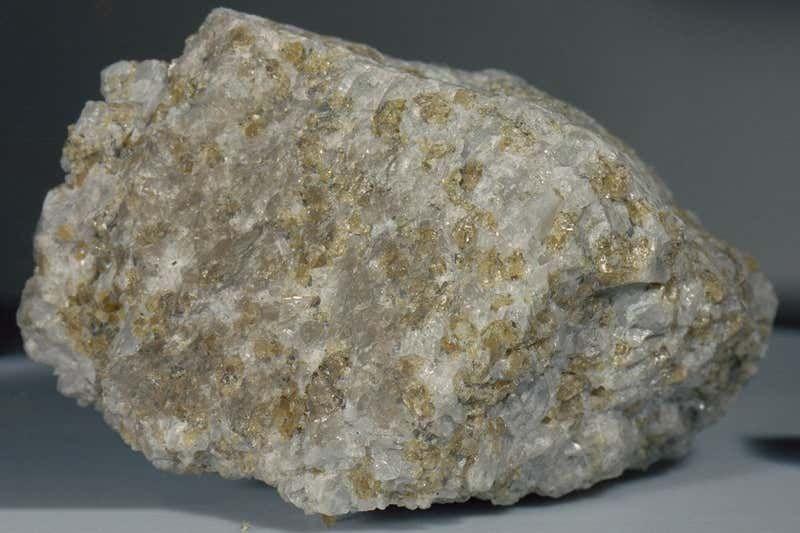In this video Dr. Lustgarten introduces his N of 1 experiment and gives an overview of the processes that he follows. He also discusses why he thinks it is important to track your own markers and not just rely on published trials.
Dr. Michael Lustgarten is a scientist at the Tufts University Human Nutrition Research Center on Aging in Boston, Massachusetts. His research currently focuses on the role of the gut microbiome and serum metabolome on muscle mass and function in older adults.
In this series of interviews Dr Lustgarten shares his experience with his rigorous n of 1 experiment over the last 7 years and shows how we or anyone can conduct a similar trial by tracking food, exercise and sleep, measure results and derive relationships between them, with a goal of extending our healthspan.
Dr Lustgarten’s channel on YouTube: https://www.youtube.com/channel/UCT1UMLpZ_CrQ_8I431K0b-g.
***************************************************************
Health claims Disclosure: Information provided on this video is not a substitute for direct, individual medical treatment or advice. Please consult with your doctor first. Products or services mentioned in this video are not a recommendation.
Audio Copyright Disclaimer.
Please note that we have full authorization to the music that we used in our videos as they were created using the service WeVideo which provides the rights to the music. The rights are detailed in the terms of use that can be reviewed here https://www.wevideo.com/terms-of-use and any following inquiries should be addressed to [email protected].
*****************************************************************





